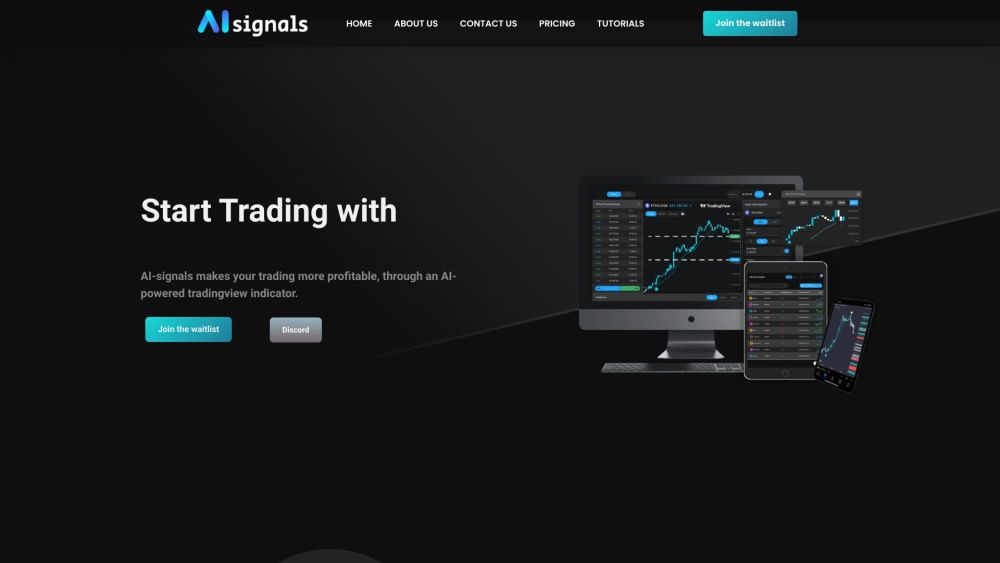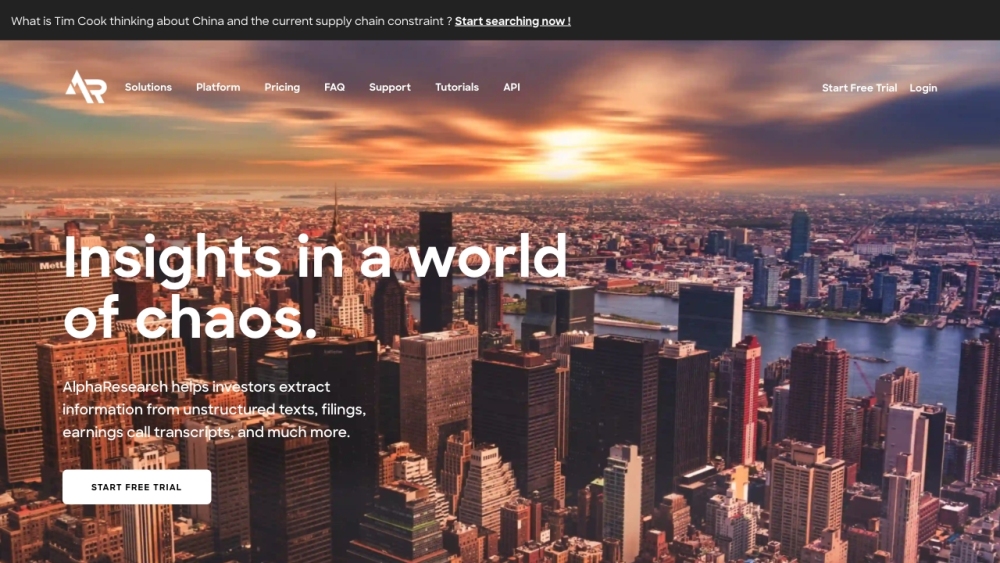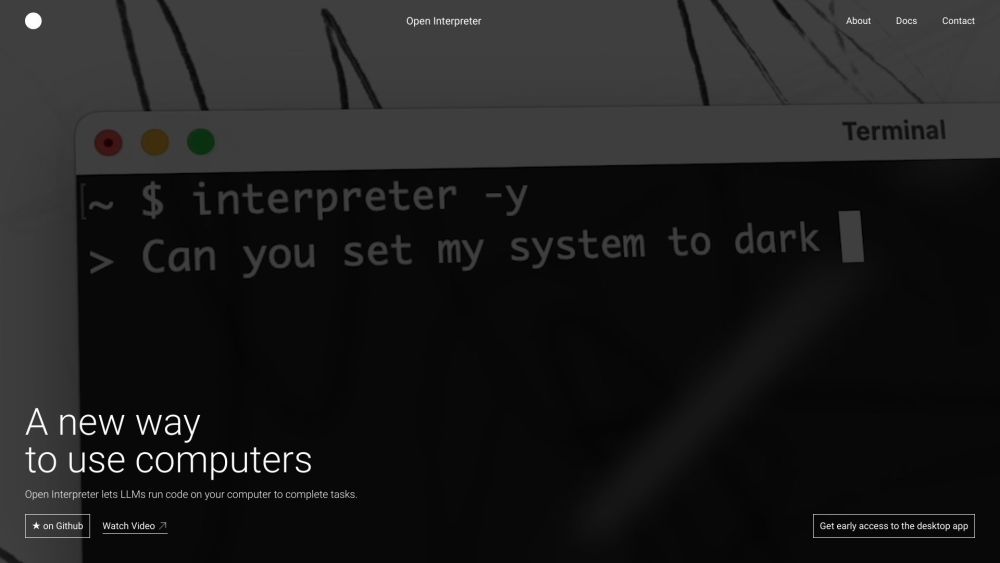On the first anniversary of ChatGPT, amid the widespread adoption of generative AI, it's crucial to assess the technology's impact on the workforce and to explore strategies for navigating the forthcoming transition. This change will involve individuals, businesses, educational institutions, and governments, all of which play significant roles in enhancing society's AI literacy.
**Transformative Potential of AI**
Artificial intelligence is set to revolutionize economies and workplaces worldwide in the coming years. A report from McKinsey indicates that AI technologies could contribute over $13 trillion in additional global economic activity by 2030, with generative AI tools like ChatGPT potentially adding another $4.4 trillion. These developments promise substantial opportunities, including increased corporate profits, improved productivity, innovative solutions, and novel ways of working.
However, rapid technological advancement often leads to disruption. McKinsey predicts that the automation introduced by AI could displace 15% to 25% of current work activities globally by 2030, amounting to 400 million to 800 million jobs. This evolution, accelerated by generative AI and automation, is expected to unfold in just a decade—an unprecedented speed compared to previous workforce transitions.
Unlike earlier industrial revolutions, which primarily affected manual labor, this AI shift is likely to impact both white-collar and blue-collar jobs. As workers look to transition into new roles or adapt existing responsibilities, there will be an increasing focus on distinctly human capabilities.
Historical patterns show that while technologies often displace jobs in the short term, they tend to foster greater prosperity and job creation in the long run. However, the associated transition comes with challenges that necessitate collaborative efforts in reskilling and education. The onus is on governments, educational institutions, businesses, and individuals to take proactive measures. Schools must prepare students with adaptable, future-oriented skills and practical AI experiences, while companies must create robust reskilling programs. Policies should facilitate adult learning and remove barriers to education, enabling individuals to take charge of their lifelong learning journey. With appropriate preparation, both organizations and workers can leverage AI to unlock new potential rather than merely react to its disruptive effects.
**Condensed Transition Timeline**
A distinctive feature of the current AI workforce transformation is its compressed timeline. McKinsey’s projections suggest that much of the anticipated disruption will occur within the next ten years, contrasting sharply with the pace of earlier workforce evolutions:
- **First Industrial Revolution (1760-1830)**: Adaptation spanned approximately two to three generations.
- **Second Industrial Revolution (1870-1914)**: Transition took about two generations.
- **AI Revolution**: Expected to affect jobs in just ten years.
This rapid change means today's workforce has roughly half a generation to re-skill and transition into an AI-driven economy. Educational institutions, government policymakers, corporate training programs, and social safety nets must all adapt with unprecedented speed to navigate the workforce disruption spurred by generative AI.
**Educational Institutions’ Role**
Education is vital in preparing future generations for an economy transformed by AI. Current curricula must better align with the technological landscape shaped by AI advancements. To remain relevant, educational institutions need to integrate new technologies like generative AI into their programs. If preparing youth for the workforce is the ultimate goal, curricula must evolve to include technology literacy that resonates with the realities of the modern world.
**Recommendations for Educational Institutions:**
1. **Integrate AI Across All Levels**: Implement AI instruction into curricula from primary school to university, covering both ethics and practical skills.
2. **Highlight Transferable Skills**: Focus on developing cognitive abilities such as critical thinking, creativity, collaboration, communication, and ethical reasoning to help students adapt as job markets change.
3. **Encourage Experimentation**: Foster an environment where students can experiment with AI tools for content creation and analysis, developing policies that guide ethical usage.
4. **Offer Certifications for In-Demand Skills**: Provide credentials aligned with market needs, such as data science and AI ethics.
5. **Career Counseling**: Help students understand how AI may affect various fields, guiding their academic and career planning.
6. **Train Educators**: Equip teachers to effectively integrate AI technologies in their teaching practices while addressing ethical considerations.
With these changes, students will develop skills that enable them to adapt and thrive in an AI-enhanced workforce.
**Individual Responsibility**
While educational institutions lay the groundwork for the next generation, it’s equally vital for individuals to cultivate basic AI literacy and explore opportunities to leverage AI tools to boost productivity and creativity. AI has the potential to enhance workflows across various roles:
- **Writers** can utilize AI to generate initial drafts or summarize research.
- **Analysts** can harness AI for data processing and insightful reporting.
- **Scientists** can accelerate literature reviews and hypothesis generation.
- **Marketers** can refine campaigns using AI-generated insights.
- **Sales professionals** can streamline lead qualification with AI data analysis.
- **Customer service representatives** can focus on complex issues by automating routine queries.
- **Educators** can tailor educational content while maintaining alignment with teaching methodologies.
- **Healthcare workers** can enhance scheduling and documentation efficiency.
- **Engineers and designers** can leverage AI for rapid prototyping and brainstorming.
Moreover, individuals should pursue ongoing training in data science, digital marketing, UX design, and other relevant skills. Engaging with AI systems hands-on will deepen understanding of their capabilities, while maintaining an external professional network can reveal alternative career pathways that align with individual strengths. Regular discussions with managers about career development in the age of AI can also ensure that growth aligns with organizational goals.
**Organizational Commitment**
Organizations have a crucial role in investing in upskilling their current workforce. Employees at all levels will require new technical capabilities to work effectively alongside AI. This includes providing ongoing training opportunities and encouraging a culture of continuous learning.
**Best Practices for Organizations:**
1. **Conduct Skills Audits**: Assess existing roles and create reskilling plans for the next five to ten years.
2. **Budget for Training**: Invest in training programs on relevant AI technologies within the industry.
3. **Encourage Continuous Education**: Offer tuition reimbursement and study time allowances.
4. **Prioritize Adaptability in Hiring**: Value adaptability and learning capabilities over specialized skills that rapidly become outdated.
5. **Facilitate Role Transition**: Develop programs that support employee redeployment as job roles change due to AI.
6. **Maintain Transparent Communication**: Clearly inform staff about how AI integration will alter skill demands within the organization.
**Government Involvement**
Governments are pivotal in enhancing society's collective AI literacy through strategic policy and funding. Their responsibilities include:
1. **Expand Vocational Programs**: Focus on training in high-demand digital skills, like data science and machine learning.
2. **Subsidize Certifications**: Encourage professional credentials in fields poised for significant AI-driven changes.
3. **Offer Tax Incentives**: Reward companies investing in reskilling efforts for their employees.
4. **Boost Funding for Education**: Provide resources to community colleges and trade schools that offer technology-focused adult education.
5. **Promote Lifelong Learning**: Increase public awareness of continuous learning opportunities and cultivate a culture of ongoing development.
6. **Identify Local Training Gaps**: Implement regional economic plans to address specific needs in the labor force and direct funding accordingly.
By fostering supportive policies and funding initiatives, governments can help facilitate smoother transitions to an AI-centric economy.
**Navigating Opportunities and Risks**
While the swift advancement of AI presents the promise of immense opportunities, it also poses certain risks that must be managed effectively. However, with foresight, adequate investment, and focused training, society can evolve to ensure AI enhances human capabilities and fosters widespread benefits.
A comprehensive approach is needed to modernize our institutions in line with rapidly advancing technology. Collaboration across sectors will be essential, and action is required now, as the future is approaching quickly. By proactively building AI literacy and embracing AI innovations, organizations and individuals will be well-positioned to maximize the advantages that this transformative technology offers.
These recommendations serve as foundational steps. Continued commitment to experimentation, dialogue, and innovation is vital for addressing the challenges ahead. The potential for positive change is enormous, making this an endeavor worth pursuing. The AI revolution is upon us, and with thoughtful stewardship, we can shape its trajectory for collective benefit.





